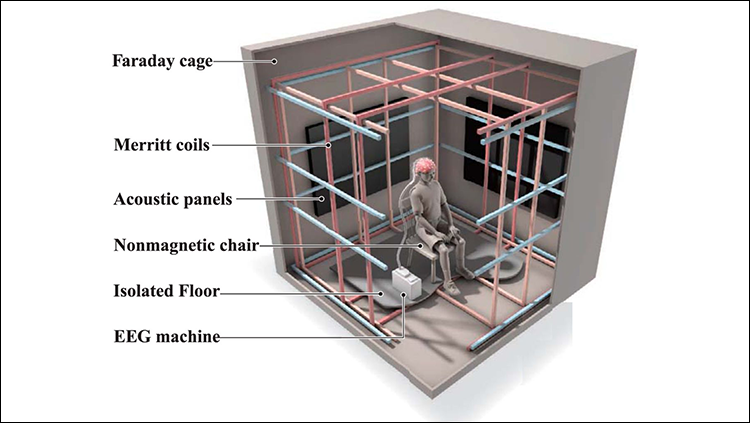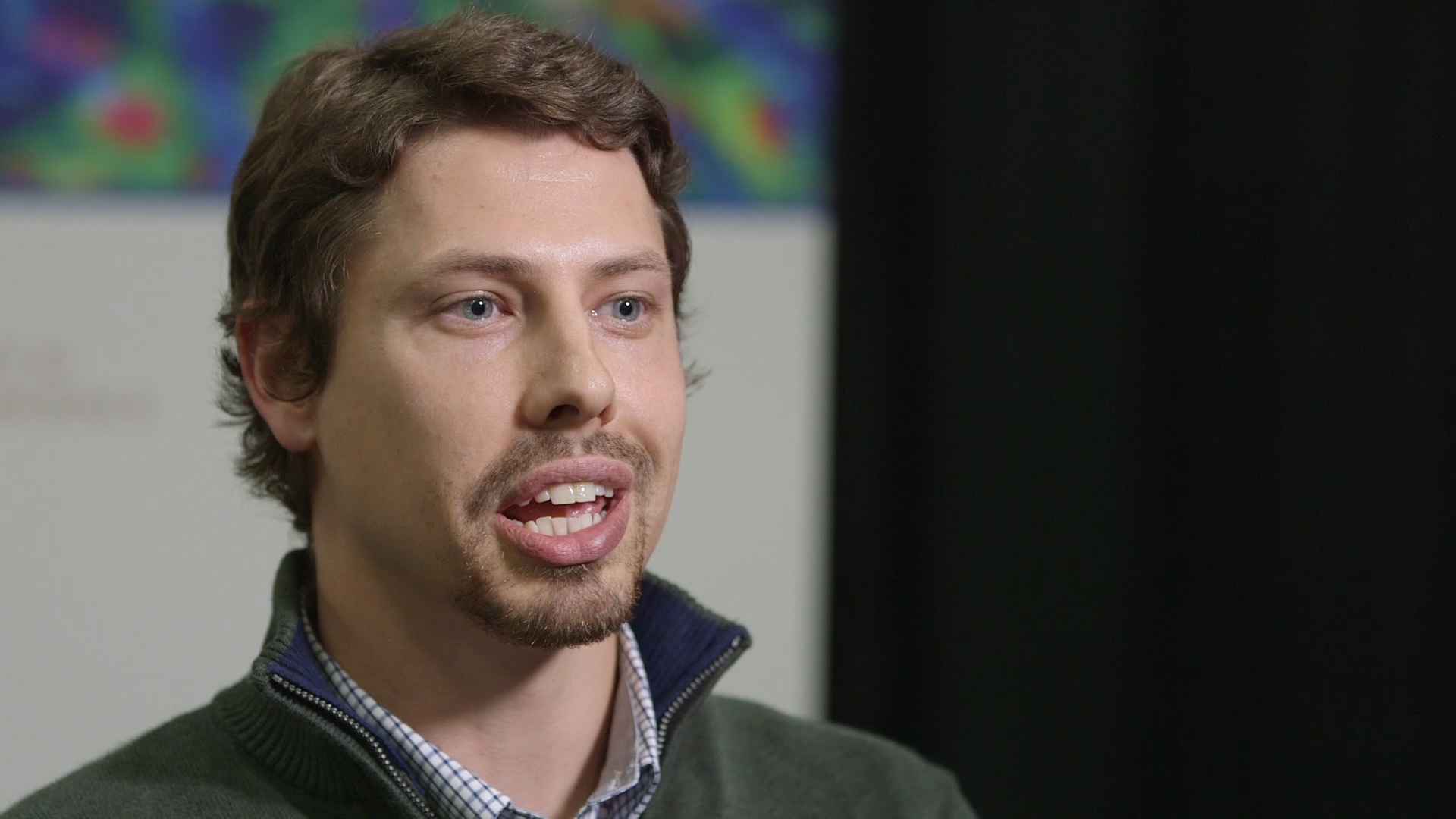Q&A: HEAL Initiative Leaders Address Approaches to the Opioid Crisis
Rebecca Baker is the director of the trans-NIH Helping to End Addiction Long-term (HEAL) Initiative, and Walter J. Koroshetz and Nora Volkow are the directors of the National Institute of Neurological Disorders and Stroke (NINDS) and the National Institute on Drug Abuse (NIDA) at NIH, respectively. Launched in June 2018, the HEAL Initiative is aimed at developing scientific solutions to the opioid crisis in the United States. The vision of a nation of people with far less disabling pain and opioid addiction resonates across the different NIH Institutes and Centers (ICs), and thus HEAL research includes over 20 distinct projects, led by 12 NIH ICs. The engagement of the broad neuroscience research community is critical to the Initiative’s success. Koroshetz and Volkow co-chair the HEAL Executive Committee, along with NIH Director Francis Collins, to coordinate HEAL activities across the agency.
NQ: The HEAL Initiative is a focused scientific effort in response to the opioid crisis. Can you share the approach that the NIH is taking to address this?
 Rebecca Baker, director of the trans-NIH Helping to End Addiction Long-term (HEAL) Initiative.
Rebecca Baker, director of the trans-NIH Helping to End Addiction Long-term (HEAL) Initiative.
RB: The crisis of opioid misuse and addiction affects millions of Americans, with devastating consequences for nearly every part of family and community life. Research has the potential to deliver scientific solutions for opioid addiction and overdose, including innovative strategies for understanding chronic pain and for safe and effective pain management. Through the HEAL Initiative, the NIH is putting all hands on deck by gathering the research community across our many Institutes and Centers and partnering with a broad range of stakeholders to address this crisis.
NIH engaged in a year-long consultation with patients, advocates, academic experts, private sector leaders, and federal partners to determine the areas most in need of further research and those representing the greatest opportunity. We also factored in existing efforts and programs such as the President’s Commission on Combating Drug Addiction and the Opioid Crisis and the Federal Pain Research Strategy. Through the HEAL Initiative, we aim to develop new scientific tools and find ways to put those tools into the hands of researchers and clinicians to improve prevention and treatment strategies for opioid addiction and to enhance pain management.
NQ: Can you elaborate on the specific lines of research that NIH is pursuing?
RB: Through HEAL, over 20 new research programs are underway to help understand, prevent and treat opioid misuse and addiction. We are taking several approaches to help expand therapeutic options by developing new more user-friendly formulations of existing medications to for the treatment of opioid use disorder (OUD), and the prevention of overdose and relapse. We are also developing novel medications, immunotherapies, and devices to treat opioid withdrawal, craving, addiction progression, and relapse. New and improved strategies include helping to prevent at-risk adolescents from developing OUD as they transition to adulthood; integrating evidence-based treatments for addiction into new settings such as primary care and the criminal justice system; and optimizing collaborative care for patients with both OUD and common mental disorders.
HEAL programs will employ innovative technologies to test new targets for pain that can be modulated by drugs or devices. These include high throughput molecular screening on human iPS cells, genomic tools, modulation of neural activity coming from BRAIN and SPARC programs. Through HEAL, NIH will launch a platform for modeling pain conditions, and partner with industry and academia to test small molecules, biologics and devices with analgesic potential early phase, biomarker informed clinical trials. Biomarker discovery and validation projects will inform these early phase trials and uncover mechanisms underlying chronic pain. To reduce the risks of opioid use in the shorter term, HEAL will support comparative effectiveness studies and pragmatic trials in health care systems to inform best practices for pain management in a number of different pain conditions and populations.
NQ: The opioid crisis is an immediate public health issue. Describe how the need to find solutions “now” impacts how NIH determines which funding opportunities to pursue, and which specific research grants to approve.
 Walter J. Koroshetz, director of the National Institute of Neurological Disorders and Stroke (NINDS).
Walter J. Koroshetz, director of the National Institute of Neurological Disorders and Stroke (NINDS).
WK: Because widespread use of opioid prescription medications fueled the onset of the current crisis of opioid overuse disorder, HEAL comparative effectiveness research will have a short-term impact by providing evidence to doctors and patients on the best treatment for a given pain condition, for a given person. Because opioids have been a mainstay of pain treatment for thousands of years but are connected to risk of addiction, HEAL requires the development of non-addictive but more effective pain treatments that can decrease the future use of opioids.
NQ: How are you balancing these immediate needs with longer-term research priorities?
 Nora Volkow, director of the National Institute on Drug Abuse (NIDA).
Nora Volkow, director of the National Institute on Drug Abuse (NIDA).
NV: NIH is acutely aware of the need to find solutions to the opioid crisis as rapidly as possible while also balancing the ongoing work that will lead to future advances. A broad variety of stakeholders have been consulted to identify the most promising short-, intermediate-, and long-term research priorities. These reflect urgent and unmet needs across the lifespan, areas of promising scientific opportunity, and concrete strategies capable of providing rapid and durable solutions to the opioid crisis. Accelerating the peer review and grant approval process is vital for the most rapid expansion of research under the HEAL Initiative.
NQ: What role do you see the neuroscience community playing in HEAL?
WK: HEAL is about bringing solutions from science to a public health crisis. We have never had this scope of resources for pain research, nor such enormous challenges in assembling science teams to move forward quickly. HEAL’s pain-related objectives range from very early drug development, to pragmatic clinical trials, to embedding effective therapies into health care systems. We are relying on cooperation and help from all scientific corners to grow the pain research community for HEAL to succeed.
NQ: How would you encourage SfN members to think about the HEAL Initiative and how their science can contribute to the Initiative’s goals?
NV: SfN members can think of the HEAL initiative as a concrete representation of the extremely high priority being placed on neuroscience research relevant to addiction and pain, not only by the NIH but by the federal government overall. Rigorous research across the neuroscience field — basic and translational research through clinical trials and implementation — is needed for us to make meaningful progress towards ameliorating the effects of the opioid crisis. I encourage all investigators to think as creatively as possible about how their specific tools and methods could be leveraged to address mechanisms, targets, and treatment development.
NQ: Can you share how the HEAL Initiative impacts areas of research and funding focused across NIH?
WK: Pain and addiction are pure nervous system disorders, and advances in understanding information processing in the pain and reward systems will inform many other lines of research and vice versa. The NIH HEAL Initiative is be supported by generous allocations from the US taxpayer to build innovative new programs and provide infrastructure to advance research on pain, addiction, overdose and treatments for them.
It is important to emphasize that funds from other programs are not being diverted to HEAL programs. Additionally, the infrastructure that grows out of the HEAL Initiative could help accelerate the progress of research aimed at improving treatments for all types of addictions and pain conditions and enhance prevention strategies for addiction.























